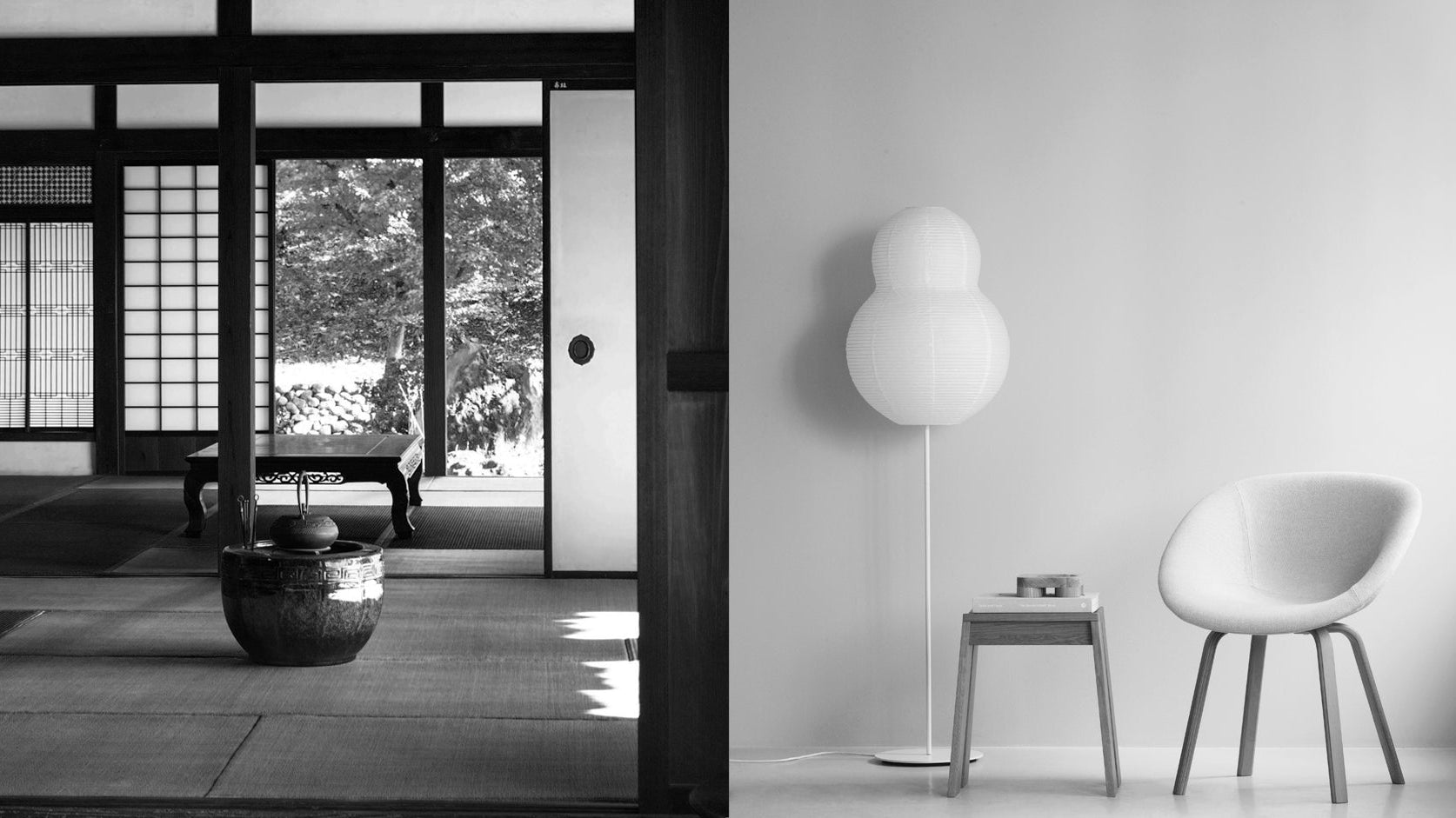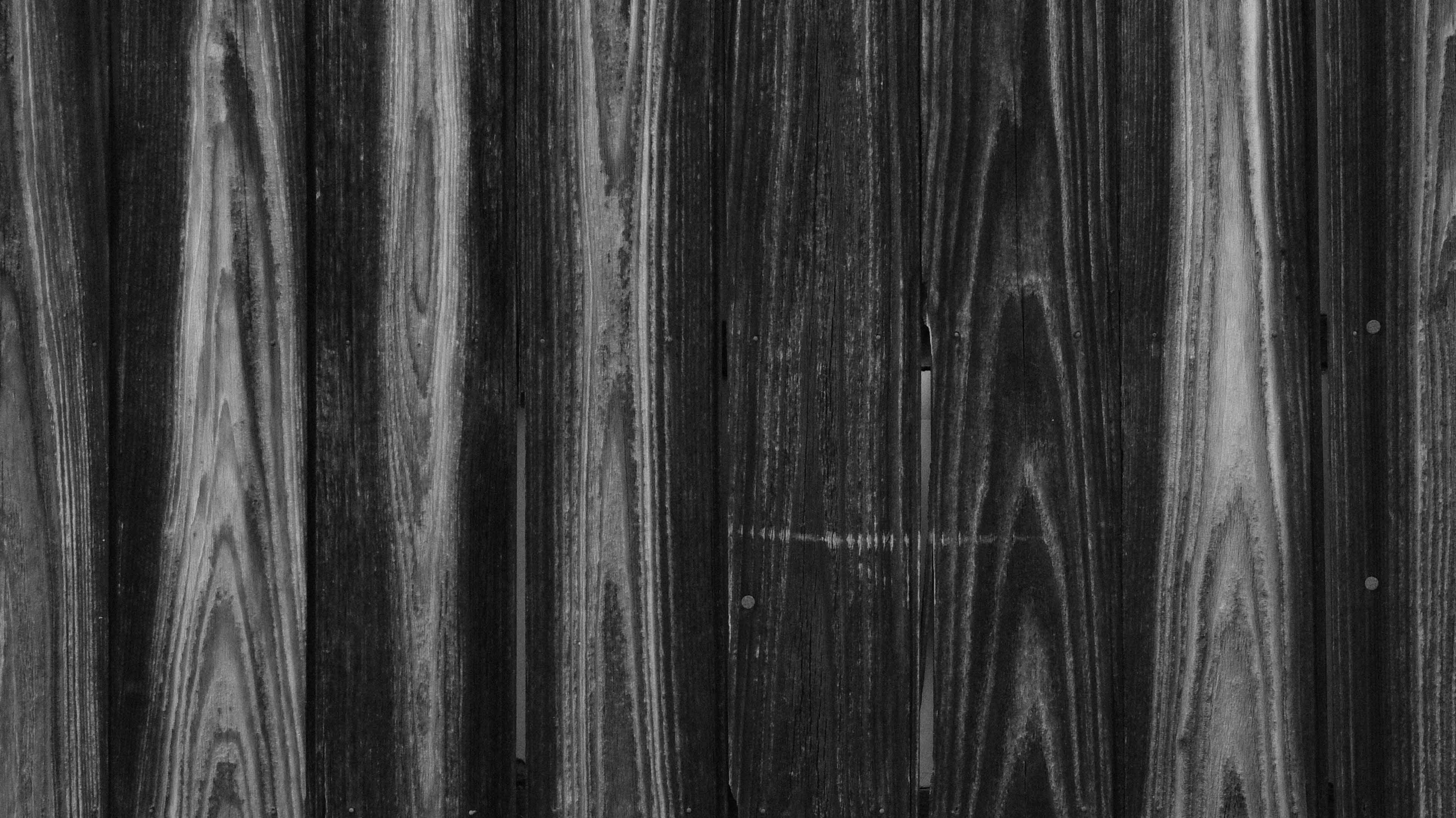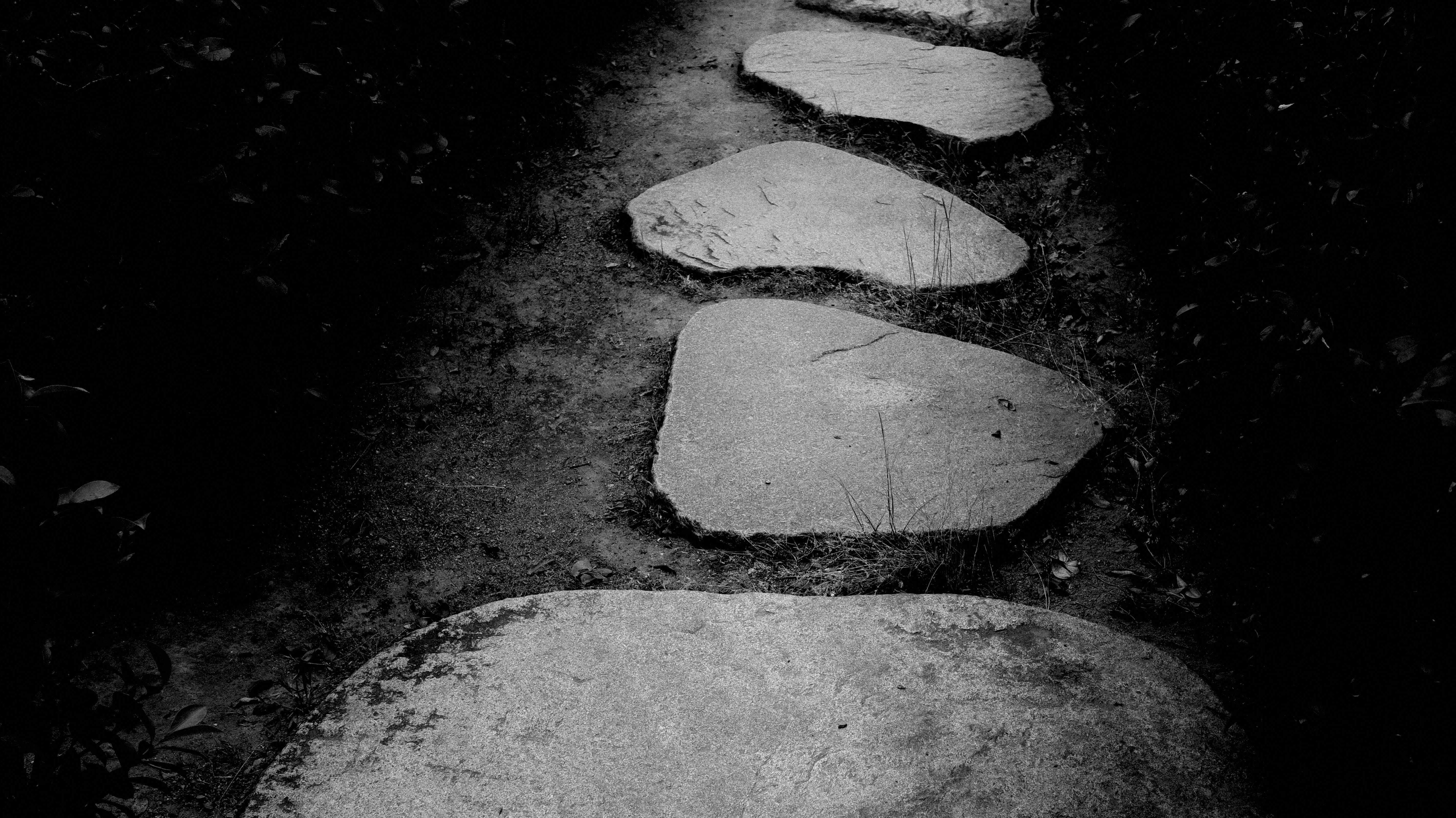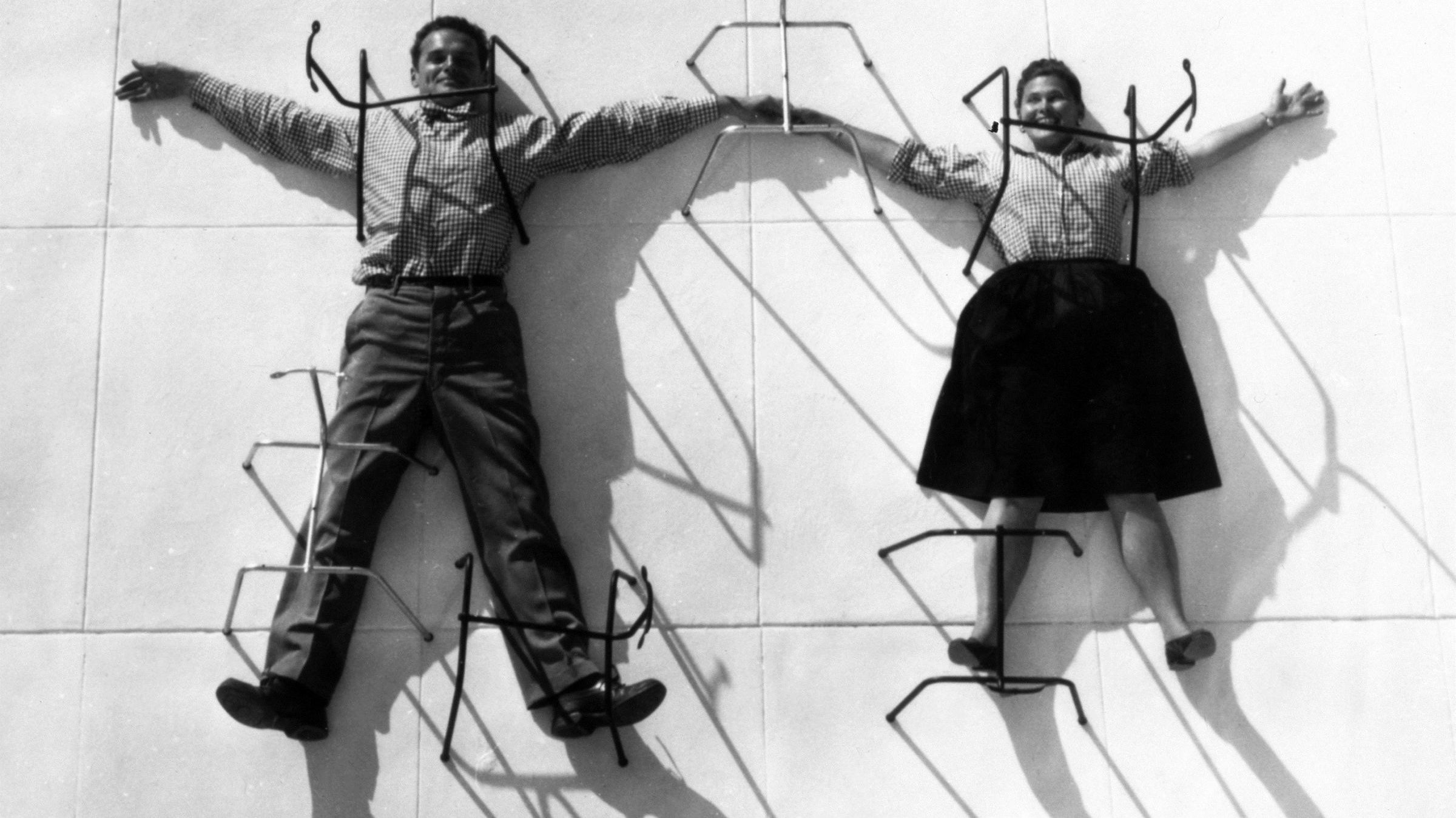In the world of art, design, and philosophy, there exists a concept deeply embedded in Japanese culture known as "Ma." This aesthetic principle goes far beyond the mere absence of objects or emptiness. Instead, "Ma" is an encompassing aesthetic that revolves around the appreciation of negative space and the profound beauty that can be discovered within it. It is a concept that permeates various aspects of Japanese life and creativity, from architecture and design to literature and the performing arts.
The concept of "Ma" has transcended its cultural origins and influenced creative minds worldwide, finding a place in contemporary design, minimalism, and user experience, underscoring its timeless and universal appeal. In this article, we delve into the essence of "Ma," discovering the beauty that lies within the negative space and time of Japanese aesthetics and philosophy.
(Ma: The Japanese Aesthetic of Negative Space and Time - dans le gris)
Defining "Ma"
The term "Ma" (間) in Japanese is a multifaceted concept that is somewhat challenging to define precisely in English because it encompasses various aspects related to space, time, and the interval between objects or events. However, it is commonly translated as "negative space," "pause," "interval," or "emptiness." Reducing it to these simplistic translations, though, does not capture the full depth and complexity of the concept. "Ma" is about the space in-between, the intervals, and the silence. It is the unoccupied pause that allows elements to breathe, creating a sense of harmony and balance.
(Ma: The Japanese Aesthetic of Negative Space and Time - dans le gris)
(Ma: The Japanese Aesthetic of Negative Space and Time - dans le gris)
The Essence of "Ma": Space, Time, and Growth
The Japanese concept of "Ma" can be understood as a moment of pause in time or an interval of emptiness in space. Think of it as the space and time necessary for life to breathe, to experience, and to connect with the world. When we lack time or find ourselves in constrained spaces, our personal growth is hindered. This fundamental principle applies to every aspect of our lives.
To grasp the essence of "Ma," you can look at its visual representation in the Japanese kanji symbol. "Ma" is composed of two characters: "door" and "sun." Together, these characters create an image of a door through which sunlight gently filters in. This image captures the idea of "Ma" beautifully, illustrating the importance of openings and pauses in our lives, just as a door allows light and fresh air to enter a space.
(Ma: The Japanese Aesthetic of Negative Space and Time - dans le gris)
Ma in Traditional Japanese Painting and Calligraphy
The concept of "Ma" (間) plays a pivotal role in traditional Japanese painting and calligraphy. Iconic works like Hasegawa Tohaku's Pine Trees screen and Ogata Korin's Irises screen exemplify an "aesthetic of subtraction", where bold, empty spaces emphasize the beauty of simplicity and balance.
Ma in Traditional Japanese Painting
In traditional Japanese painting, "Ma" profoundly influences composition, style, and aesthetics. These artworks embrace negative space, where unpainted areas are just as significant as the painted ones. This deliberate use of emptiness encourages viewers to contemplate the subject matter and find beauty in simplicity.
Rather than explicitly detailing every element, traditional Japanese paintings often emphasize suggestion over representation, inviting viewers to fill in the gaps with their imagination. This interaction between what is depicted and what is left implied creates a powerful sense of "Ma," allowing the artwork to resonate on a deeper level.
The Role of Ma in Nature and Seasonal Themes
The use of "Ma" also extends to the depiction of natural elements. For instance, representations of mist or fog in landscape paintings are not mere absences of detail but intentional uses of negative space. This technique creates an ethereal and atmospheric quality that draws the viewer in.
Seasonal themes, a hallmark of traditional Japanese painting, are another key area where "Ma" is evident. Artists capture fleeting moments of nature, such as the delicate cherry blossoms of spring or the serene stillness of a snowy winter scene. These elements are surrounded by ample negative space, inviting viewers to reflect on the transience of life and connect with the rhythms of nature.
Ma in Japanese Calligraphy
In Japanese calligraphy, "Ma" is reflected in the rhythm of the brushstrokes and the spaces between them. The pauses as the brush glides across the paper, along with the open spaces surrounding the characters, are just as meaningful as the inked strokes.
This balance between action and stillness creates harmony and allows each character to breathe and resonate fully. By integrating "Ma," calligraphy gains its unique rhythm, depth, and timeless elegance.
(Ma: The Japanese Aesthetic of Negative Space and Time - dans le gris)
Ma in Japanese Architecture and Interior Design
The concept of "Ma" (間), often translated as "negative space" or "the space between," plays a central role in Japanese architecture and interior design, offering a unique perspective on how space is utilized and appreciated. This principle emphasizes minimalism and simplicity, incorporating natural materials, neutral color palettes, and clean lines. By deliberately excluding unnecessary elements, "Ma" allows the essential components of a space to stand out, creating a sense of balance and harmony.
Ma in Traditional Japanese Houses
Traditional Japanese houses beautifully embody "Ma" through their open spaces, sliding doors, and minimalistic interiors. These design choices blur the boundaries between indoor and outdoor spaces, integrating nature into daily life. For example, Shoji sliding doors and open floor plans allow natural light and air to flow freely, creating a seamless connection with the surrounding environment.
"Ma" also extends to the design of entrances and thresholds in traditional Japanese homes and temples. Many feature a modest and understated entrance, often called a "genkan." This transitional space, where people remove their shoes before entering, serves as a physical manifestation of "Ma." It provides a moment of pause and reflection, emphasizing the importance of mindfulness before entering the main living area.
Tea Houses: The Essence of Ma
Traditional Japanese tea houses are an excellent example of "Ma" in architecture. These spaces are meticulously designed to evoke tranquility and mindfulness, with simplicity at their core. Features such as Shoji doors, natural materials, and open layouts create a harmonious relationship between the indoors and the outdoors. This fluid connection reflects the essence of "Ma," allowing the surrounding environment to interact with the structure and enhancing the overall sense of serenity.
Tokonoma: A Showcase of Ma
Within traditional Japanese interiors, the tokonoma is a key element that embodies "Ma." This recessed alcove is designed to display art and objects of cultural or seasonal significance, such as hanging scrolls with calligraphy, paintings, ikebana arrangements, or pottery. However, it’s not just the objects on display that matter—the empty space around them is equally significant. This deliberate use of emptiness creates a balance between presence and absence, enhancing the beauty and meaning of the display.
The Harmony of Space in Japanese Design
Whether in tea houses or the tokonoma, Japanese design principles treat space not as mere emptiness, but as a vital element that enhances the forms and objects around it. The thoughtful use of "Ma" creates an environment that is both functional and deeply reflective, fostering a sense of peace and connection with the natural world.
(Ma: The Japanese Aesthetic of Negative Space and Time - dans le gris)
Ma in Ikebana and the Japanese Tea Ceremony
The Japanese concept of "Ma" (間) is beautifully exemplified in traditional art forms such as Ikebana (flower arranging) and the chanoyu (Japanese tea ceremony). These practices transcend their functional purposes, evolving into profound expressions of mindfulness, harmony, and balance.
Ma in
Ikebana: The Art of Space and Balance
Ikebana is more than the arrangement of flowers—it is a revered Japanese art form that emphasizes the relationship between the natural and the artificial. In Ikebana, the spaces between flowers and branches are as significant as the flowers themselves. The deliberate placement of each stem creates a sense of "Ma," inviting viewers to appreciate the harmony and balance within the arrangement.
Ikebana artists intentionally create visual and emotional pauses, using empty spaces to amplify the beauty of the composition. For instance, a single curved branch extending outward might draw attention to an open area, while a small cluster of flowers on the opposite side provides balance. These spaces are not merely empty—they actively enhance the arrangement, encouraging mindfulness and contemplation.
Rooted in Zen Buddhism and closely tied to the tea ceremony, Ikebana embodies the beauty of restraint. Rather than filling the arrangement with an abundance of flowers, each element is placed with careful intention. The surrounding spaces amplify the presence of each component, creating depth and meaning that transcend mere decoration.
Ma in the Japanese Tea Ceremony: Finding Stillness and Meaning
Similarly, the concept of "Ma" is central to the Japanese tea ceremony, a ritualized practice that involves the preparation and serving of matcha (green tea). In this ceremony, "Ma" plays a fundamental role in both aesthetics and philosophy, fostering an atmosphere of simplicity and elegance.
The tea ceremony is marked by moments of silence and stillness, which are integral to the experience. These pauses, or "Ma," allow participants to fully appreciate the process and reflect on the present moment. From the deliberate, graceful movements of the host to the thoughtful design of the tearoom, "Ma" is woven into every aspect of the ritual.
For example, the pauses between actions and words are carefully orchestrated, creating a rhythm that invites serenity and introspection. In these intervals, the focus shifts from the movements themselves to the mindfulness and intention behind them. This intentional use of space transforms "Ma" into a living, meaningful experience, fully realized when it is perceived and appreciated by participants.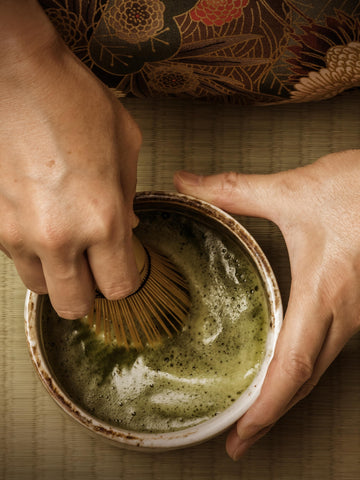
Ma in Japanese Gardens
Just as Ikebana employs "Ma" to create harmony and mindfulness, this concept is beautifully reflected in Japanese gardens, particularly Zen gardens. These gardens use the thoughtful placement of negative space to inspire stillness and contemplation. Open areas of raked gravel or sand, often symbolizing water or emptiness, invite viewers to engage their imagination, filling the space with personal meaning and reflection.
The deliberate arrangement of rocks, plants, and pathways contrasts with the surrounding emptiness, emphasizing the balance between presence and absence. Each element is carefully positioned to interact harmoniously with the space around it, creating a sense of unity and equilibrium. This interplay between form and emptiness encapsulates the essence of "Ma," demonstrating that what is left unsaid or unseen can hold as much power as what is present.
By embracing "Ma," Japanese gardens become more than just aesthetic spaces—they transform into meditative journeys. In these serene environments, emptiness becomes a source of peace, mindfulness, and inspiration, allowing visitors to connect with the profound simplicity and beauty of the natural world.
(Ma: The Japanese Aesthetic of Negative Space and Time - dans le gris)
Embracing Ma in Modern Design and Daily Life
The essence of "Ma" (間) extends beyond traditional art forms and is reflected even in modern minimalist design. This concept values what is left out as much as what is included, creating harmony through simplicity and intentionality. Japanese architect and designer Kurokawa Masayuki offers profound insights into "Ma," highlighting its role in how we experience time, space, and relationships. He emphasizes that the essence of "Ma" lies in the details—when viewed from a purely macro perspective, the subtleties of "Ma" become imperceptible.
Ma in Everyday Life
Whether in a painting, a garden, or a conversation, "Ma" teaches us to slow down and appreciate the harmony within the spaces in between. It reminds us that balance, simplicity, and quiet can be just as impactful as action and noise. In art, design, and daily life, "Ma" offers a way to reconnect with the beauty of stillness and the richness of what is unsaid or unseen.
The Philosophy of Ma
At its core, "Ma" invites us to explore the significance of absence as much as presence. It encourages us to see stillness and silence not as mere voids but as essential, meaningful parts of our experience. This perspective reveals a deeper understanding of how the Japanese engage with their surroundings, appreciating the elegance of simplicity and the significance of the spaces between.
A Timeless Reminder
As we conclude our exploration of "Ma," we are reminded that this concept is more than a cultural idea—it is an invitation to embrace silence, stillness, and the spaces in between as vital elements of our lives. In a world filled with noise and clutter, "Ma" serves as a timeless guide to finding balance, harmony, and meaning in the simplicity of existence.
(Ma: The Japanese Aesthetic of Negative Space and Time - dans le gris)
Read More Art Articles:
• Kintsugi: Finding Beauty in the Art of Repair
• Ikebana: The Art of Japanese Flower Arrangements
• What is Wabi Sabi? Embracing the Beauty of Imperfection
• Noh Masks: The Hidden Stories of Japanese Theatre Masks
(Ma: The Japanese Aesthetic of Negative Space and Time - dans le gris)
About Us
Dans Le Gris is a brand that began with everyday jewelry, with each handmade piece designed and crafted in Taiwan. We deeply value every detail, dedicating ourselves to creating timeless pieces through collaboration with experienced craftsmen.
In our journal, we provide irregular updates featuring articles about art, culture, and design. Our curated content encompasses diverse aspects of life, with the aspiration to offer meaningful insights and inspiration.

